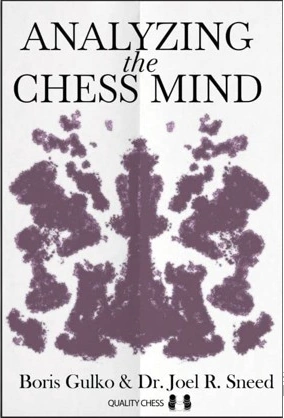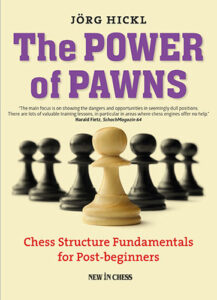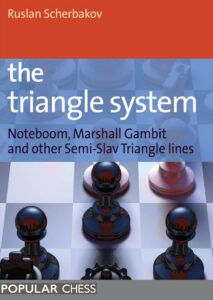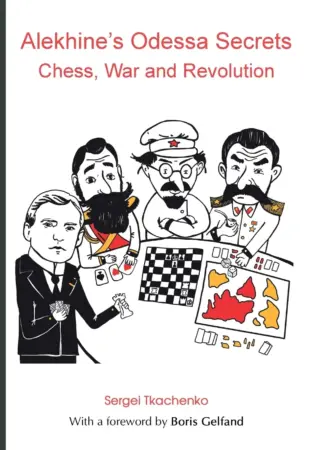Introduction
Chess takes courage, and is more than your ability to find good moves. The way a chess player handles tough situations, anxiety, pressure, defeats, setbacks, and even depression in chess is what determines their true strength. A good example of a remarkably skilled player who can’t handle the pressure of performing is Ding. We know what happened to his results after he had won the World Championship against Nepo, and we saw how he had dealt with a young, energetic, determined, and relentless opponent when he faced Gugesh the next year.

And yet, despite the obvious importance of the strength of a chess player’s mind, no one has emphasized the psychological aspects of chess and described them in a structured way. Until now. Gulko and Sneed have, once again, managed to co-author a great, useful volume.
There have been a few attempts at tackling the psychology of chess players, as described by Dr. Sneed in the introduction to the book; Stewart has written “Chess Psychology: The will to win”, and Dunnington has written “Chess Psychology: Approaching the Psychological Battle both on and off the board”, but both were lacking the critical answers to why and how we think, make mistakes, and deal with struggles. They put an emphasis on practical, almost self-help tips for chess players.
“The Psychology of the Chess Player”, by Reuben Fine was the first attempt at addressing the mind of chess players. As Sneed puts it: “…it is unfortunately a very outdated application of Freudian psychoanalytic ideas to chess.”
Dr. Sneed, a clinical psychologist with an active practice, and a professor of psychology, and GM Gulko, an experienced GM who holds a degree in psychology, have managed what their predecessors have attempted; they wrote an actually useful volume on strengthening a chess player’s mind.
Structure of the Book
Analyzing the Chess Mind is divided into 12 chapters, each on an important aspect of chess psychology, the pressure players face, or a player’s ability to perform in unexpected situations.
The chapters include topics such as perception, mindreading, self-confidence, decisive games, losing winning positions, and aggression.
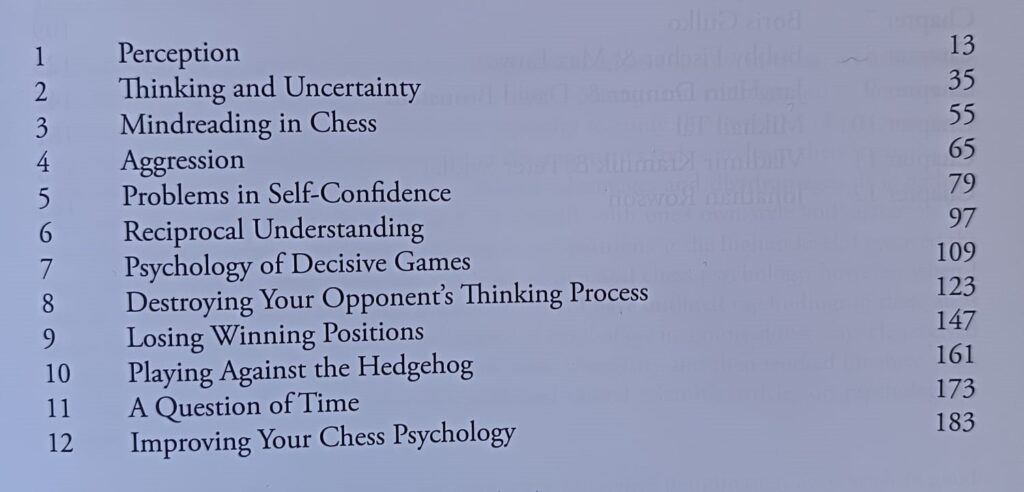
Each chapter is given a brief introduction, in which the authors explain the problem and offer an explanation of its causes and manifestations on and off the chess board. The main body of the book and each chapter are the games. As opposed to their previous books, the three volumes of Lessons with a Grandmaster, Analyzing the Chess Mind contains games by numerous players, not just Boris Gulko.

Each game is carefully selected to depict the psychological problem the chapter discusses. The games are accompanied by portions of text that help describe the cause and the cure to the problem. Brief explanations of the context, or important details that would serve as additional clues as to why something had happened during play. Those are a tremendous resource, and help put the games and the moves into perspective.
Quality of Annotations
If you’ve read any volume of Lessons with a Grandmaster, you’ll know that Gulko and Sneed write well, explain well, and annotate almost flawlessly. Analyzing the Chess Mind is no exception. While the aforementioned books were structured like lessons, a conversation between the authors, Analyzing the Chess Mind is similar to most chess books, as the annotations were written in a standard way, not as a conversation.
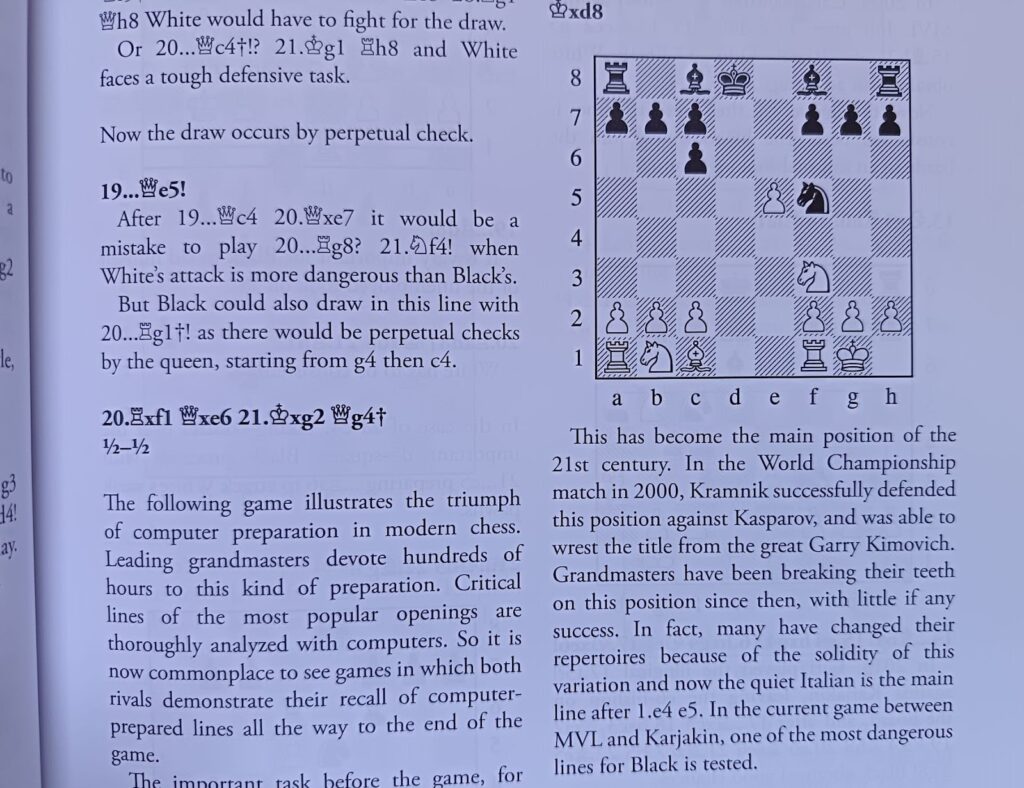
Each game is accompanied with detailed descriptions of key positions and critical moments, and each features sidelines, albeit often not fully annotated. As always, I wish the annotations were written in greater detail and that there were more of them. Still, since this is a volume on chess psychology, and not a workbook or a complex textbook, they can be forgiven. That being said, the annotations in Analyzing the Chess Mind are far more detailed than those in most other books on a specific topic, especially one outside of typical subjects not necessarily connected to a specific chess skill. Gulko and Sneed often devote half a page to a critical moment or a concept that needs describing. So, the moves that are annotated are annotated perfectly. I just wish they had annotated every move from every game. Chess book utopia.
Difficulty
Analyzing the Chess Mind is definitely an easy read but it’s not a book for beginners. The variations are easy to follow, and any experienced player needn’t have a board on the side while reading (although it would help to get the true value out of the book). However, since the subject Analyzing the Chess Mind deals with is complex, and it addresses the issues beginners simply haven’t faced yet, I don’t think they would benefit from it. This is a book for those who’ve already faced the bitterness of defeat, stagnation, and the anxiety and pressure of having to perform over the board.
Conclusion
A short and very useful book that explains why and how we perform, why we make mistakes, how we should deal with anxiety, stress, unexpected situations, and what we can do to play better and perform when necessary. Gulko and Sneed, two experts, each in their own field, chess and psychology, have produced a great resource for all improving players regardless of rating. Their advice is equally applicable to a 1500 and to a 2500 rated player.

